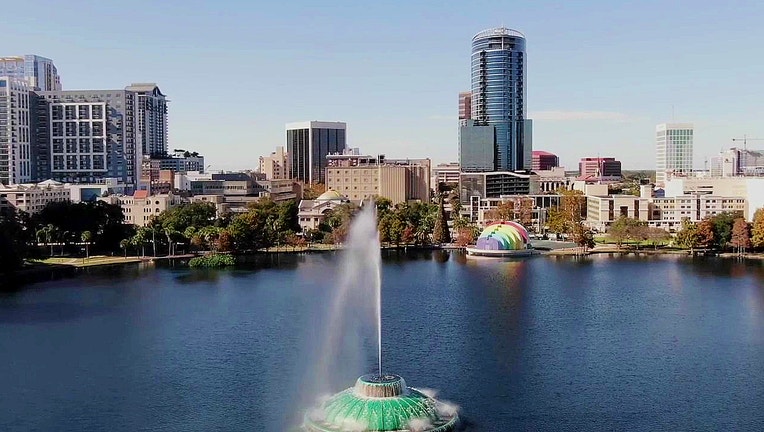Florida population expected to grow a little more slowly

TALLAHASSEE, Fla. - Florida’s population growth is modestly slowing as deaths outpace births and as a rush of people moving from other states during the COVID-19 pandemic subsides.
Still, with an estimated 22.25 million residents as of April 1, Florida continues to see population increases that are roughly equivalent to adding a city the size of Orlando each year, according to a state report released Tuesday.
The report by economists, sitting as what is known as the Demographic Estimating Conference, revised the state’s growth rate to 1.29 percent for the period through April 1, 2027. In December, the conference had estimated the growth rate at 1.41 percent.
Amy Baker, coordinator of the Legislature's Office of Economic & Demographic Research, said the state is "just halfway" through the retirement period of Baby Boomers, which accounts for a large number of people moving from other states. Meanwhile, younger generations are waiting longer to have children.
"And when they have children, they're having fewer children," Baker said during a July 18 meeting of the conference. "That's not a Florida statistic. That one's national."
Florida during the past two years saw an increase in people moving to Florida from states that maintained lockdown and health-safety measures longer than Florida because of the COVID-19 pandemic. But such gains have been offset by "fewer births and more deaths than previously forecast," according to the report.
RELATED:
- Florida, Texas see largest population increases
- Census undercount appears to have cost Florida congressional seat, analysis shows
- Biggest US cities lost population during pandemic, Sunbelt saw gains, census data shows
The "natural increase is expected to remain negative throughout the forecast horizon as deaths continue to outpace births," the summary said.
Florida Department of Health figures used by the economists indicated that deaths exceeded births by nearly 45,000 in 2021. Through June 22 this year, the state had totaled 106,000 deaths and 96,000 births.
"The births were lower than what we were expecting back in December, and the deaths are higher than what we were expecting, which obviously pushes down our natural increase," Pam Schenker, who handles demographics and census issues for the Office of Economic & Demographic Research, said during the July 18 meeting.
Also, the pandemic-driven migration from other states is slowing, according to the forecast.
"The spike was related to COVID, because you have less people moving out of the state than moving into the state," Holger Ciupalo, policy coordinator for the governor’s Office of Policy and Budget, said. "As a result of that, you see the spikes for two years. And that goes back down with other states being as open as Florida."
The new estimates put the state on pace to annually add 294,756 net new residents in the next five years, or 808 a day. That is down from a December projection of 309,867 new residents annually, or 849 a day. The numbers are similar to the population of the city of Orlando, though the broader Orlando metro area has a vastly larger number of residents.

